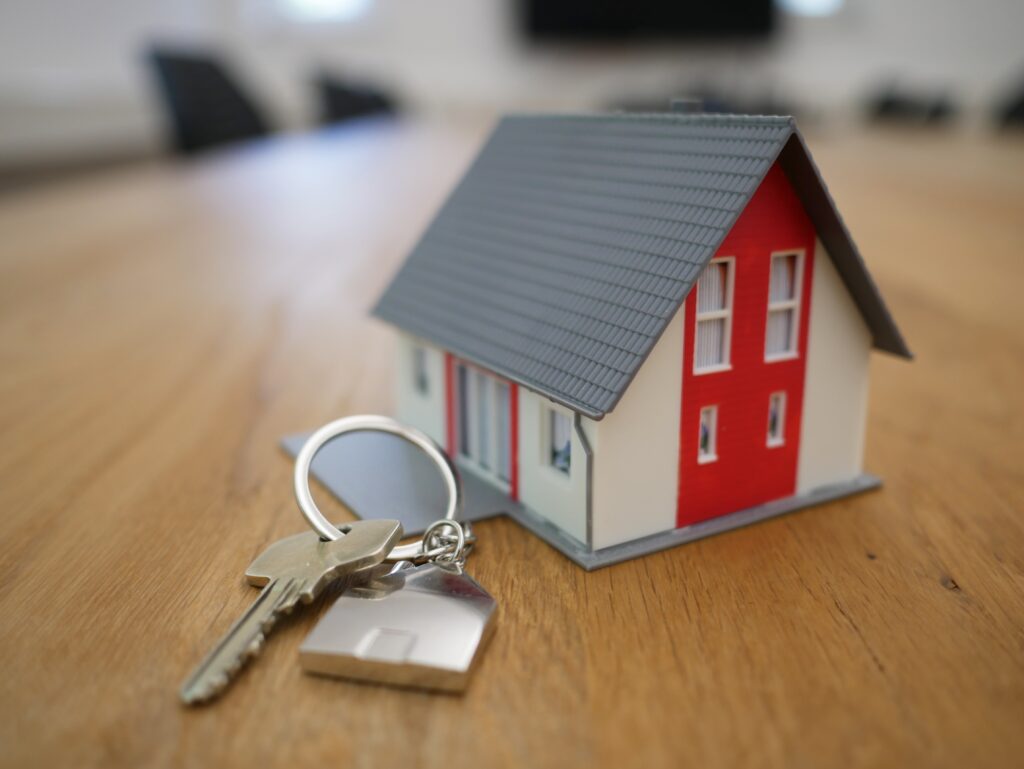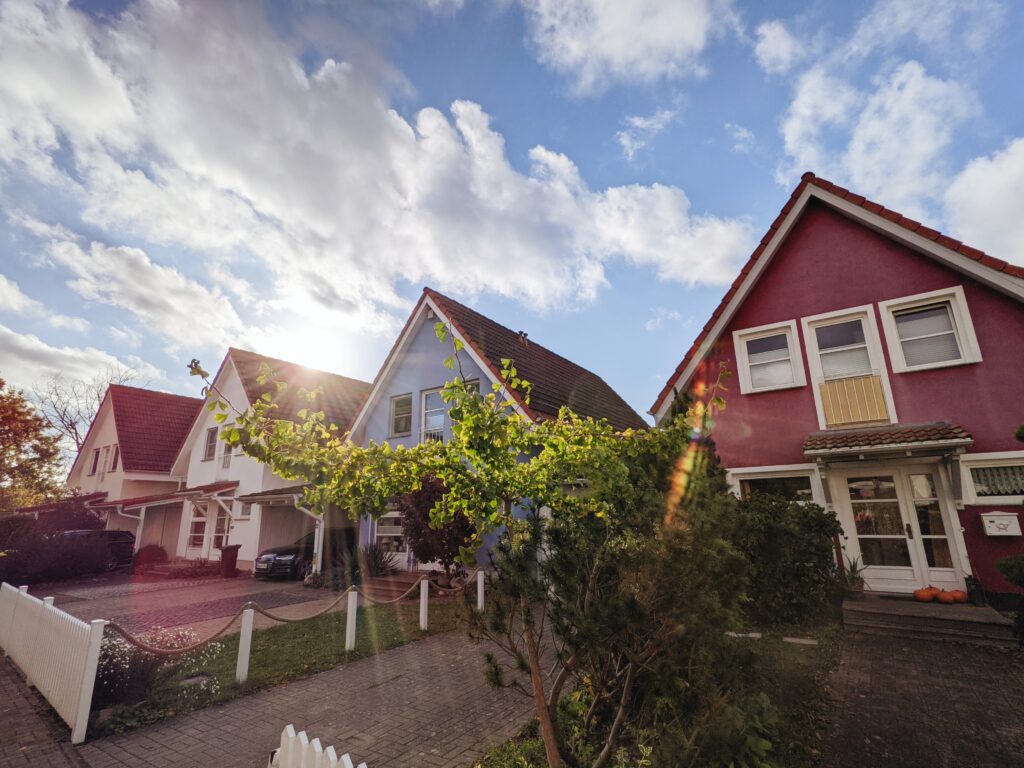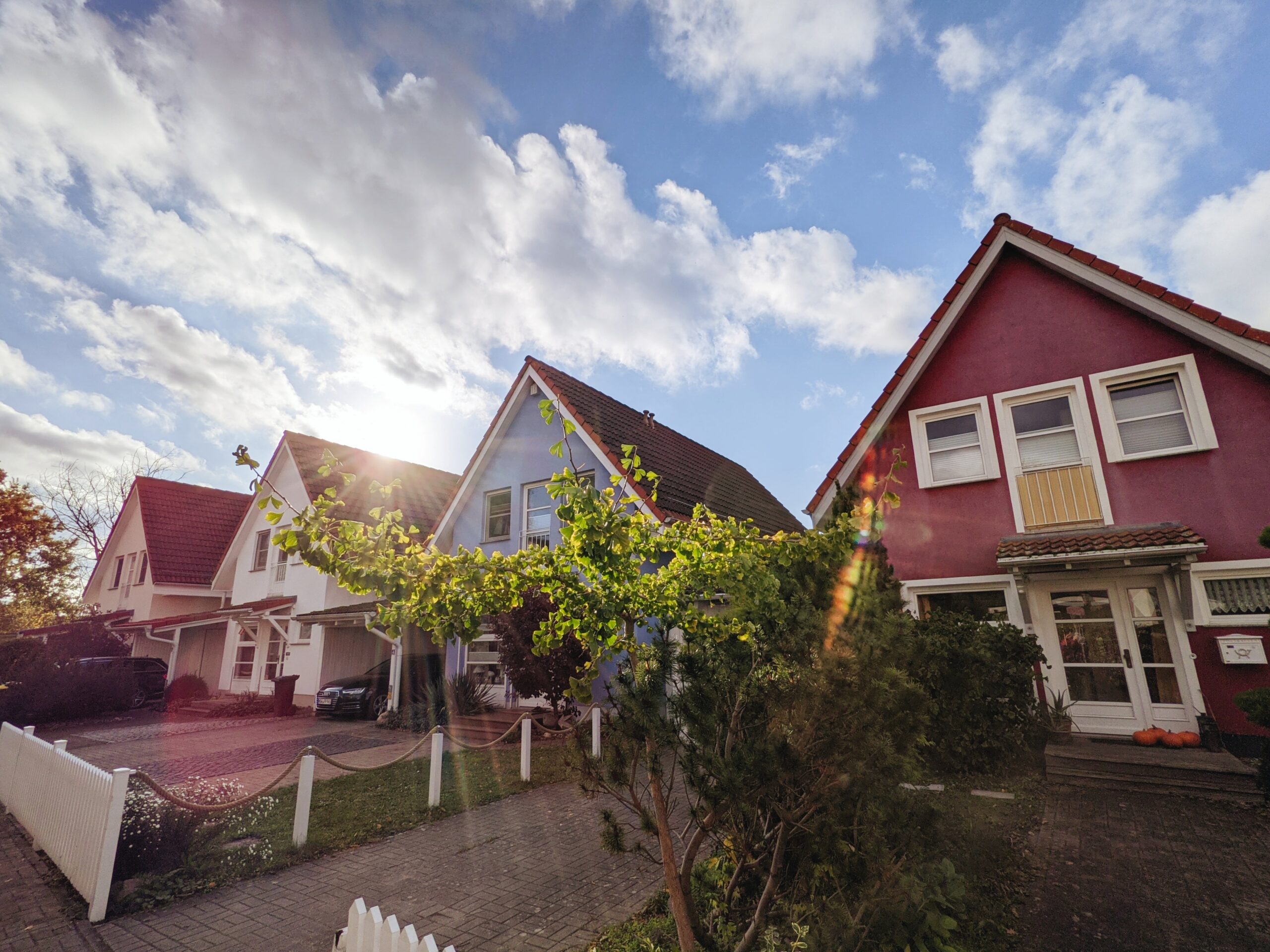Renting out a property can be a rewarding and profitable investment, but it also comes with its fair share of challenges. One of the most common headaches for landlords is dealing with rental property damage and repairs. From minor wear and tear to major accidents, ensuring that your property is well-maintained is crucial for both the satisfaction of your tenants and the longevity of your investment. In this article, we will guide you through the necessary steps to effectively handle rental property damage and repairs, providing you with valuable insights to navigate this often-confusing terrain.



This image is property of images.unsplash.com.
Understanding Rental Property Damage
As landlords, it is important for us to have a clear understanding of rental property damage and how it differs from regular wear and tear. Rental property damage refers to any physical harm inflicted on the property by the tenant or their guests during their lease term. It can include broken windows, damaged walls, stains on carpets, and other similar issues. On the other hand, regular wear and tear are the expected changes that occur gradually over time and do not result from tenant negligence or misuse.
Accidental Damage vs Wear and Tear
Distinguishing between accidental damage and wear and tear is crucial when it comes to determining liability. Accidental damage occurs suddenly and unexpectedly, such as a cooking mishap that leads to a kitchen fire. Wear and tear, however, are the natural effects of normal use over time, such as faded paint or worn-out carpet in high-traffic areas. Understanding the difference between the two is essential for fair assessment and dispute resolution.



This image is property of images.unsplash.com.
Responsibility for Damage: The Landlord vs Tenants
Determining who is responsible for rental property damage is a key factor in resolving disputes. Generally, if the tenant or their guests cause the damage, they are held responsible for the repairs or replacement costs. However, some states have laws specifying the landlord’s responsibility to maintain the property and make necessary repairs. It is important for us as landlords to be familiar with the rules and regulations in our specific jurisdiction to ensure a fair and just resolution.
Preventing Rental Property Damage
Prevention is always better than cure, and the same applies to rental property damage. By implementing proactive measures, we can minimize the risk of damage and preserve the condition of our properties.
Importance of Tenant Screening
One of the most effective ways to prevent rental property damage is by conducting thorough tenant screening. This process allows us to assess potential tenants’ history, including previous rental experiences and their ability to maintain and care for a property. By selecting tenants with a good track record and responsible behavior, we can significantly reduce the likelihood of damage to our rental properties.
Establishing a Maintenance Routine
Regular maintenance is crucial to prevent minor issues from escalating into major damage. Implementing a maintenance routine allows us to address small repairs promptly, preventing them from becoming costly problems. Regular inspections, cleaning schedules, and seasonal maintenance can go a long way in protecting our rental properties from damage and preserving their value.
Use of a Comprehensive Lease Agreement
A well-drafted lease agreement is an essential tool in preventing rental property damage. By clearly outlining the tenant’s responsibilities for property upkeep and repairs, we can establish clear expectations and minimize misunderstandings. It is important to include provisions regarding reporting damages, routine maintenance requirements, and consequences for neglecting property care. By having a comprehensive lease agreement in place, we can set the foundation for a mutually respectful landlord-tenant relationship and reduce the risk of property damage.



This image is property of images.unsplash.com.
Discovering and Assessing Damage
Despite our best efforts to prevent property damage, it is inevitable that issues will arise from time to time. regular property inspections and prompt action are crucial in identifying damage and addressing it effectively.
Regular Property Inspections
Conducting regular property inspections allows us to proactively identify any potential issues or damages before they worsen. It is essential to establish a schedule for these inspections and communicate it clearly to tenants. Routine inspections not only help us discover damage but also serve as an opportunity to ensure that tenants are complying with lease terms and properly caring for the property.
What to Look Out for During Inspections
During property inspections, it is important to keep an eye out for any signs of damage or neglect. This could include things like holes in walls, water stains, broken appliances, or signs of pest infestation. Additionally, inspections should also include an assessment of any potential safety hazards, such as faulty wiring or loose handrails. By conducting thorough inspections and documenting any damage found, we can effectively address issues and hold tenants accountable if necessary.
Dealing with Tenant-Caused Damage
If property damage is found during an inspection or reported by a tenant, it is important to address the issue promptly. Clear communication with the tenant about the damage is key. Depending on the severity of the damage, we may need to involve professional contractors or repair services. It is important to document the damage, seek multiple repair quotes if necessary, and keep track of all related expenses. By handling tenant-caused damage in a timely and efficient manner, we can minimize the impact on both the property and our relationship with the tenant.
Documenting Property Damage
Accurate documentation of property damage is essential for insurance claims, determining liability, and handling disputes. By following the appropriate documentation procedures, we can ensure a fair resolution and protect our interests as landlords.
Photographic Evidence
Taking clear and detailed photographs of the damage is one of the most effective ways to document property damage. It is important to capture multiple angles and close-ups when possible to provide comprehensive visual evidence. These photographs should be dated and stored in a safe and easily accessible location. In the event of a dispute or insurance claim, these photographs can serve as crucial evidence.
Written Descriptions of Damage
In addition to photographs, written descriptions of the damage should also be documented. These descriptions should include the date, a detailed account of the damage, and any relevant circumstances or contributing factors. The descriptions should be objective and factual, avoiding any personal opinions or assumptions. By providing clear and concise written descriptions, we can strengthen our case in the event of a dispute or insurance claim.
Keeping a Damage Log
Maintaining a comprehensive damage log is an essential part of documenting property damage. This log should include details such as the date of the damage, the nature of the damage, any repairs or replacement costs, and the responsible party. By keeping a detailed record of all damage incidents, we can effectively track patterns, identify recurring issues, and demonstrate a history of property damage if needed.
Communication with Tenants About Damage
Open and effective communication with tenants about property damage is crucial for resolving issues and maintaining a professional relationship.
When and How to Confront Tenants
When property damage is discovered or reported, it is important to address the issue with the tenant in a timely manner. It is recommended to schedule a face-to-face meeting or, if not possible, communicate through written correspondence. During the discussion, it is important to remain calm, objective, and focused on finding a solution. Clearly explain the observed damage, present any photographic or written evidence, and give the tenant an opportunity to provide their perspective. By approaching the conversation with empathy and a problem-solving mindset, we can foster a constructive dialogue and work towards a resolution.
How to Maintain a Professional Interaction
Maintaining professionalism throughout the communication process is essential, even when discussing sensitive topics such as property damage. It is important to choose words carefully, remain respectful, and avoid making personal attacks or assumptions. Active listening and open-mindedness can help us understand the tenant’s perspective and reach a mutually agreeable solution. By fostering a professional interaction, we can demonstrate our commitment to resolving the issue while preserving the landlord-tenant relationship.
Educating Tenants on Maintenance and Repair Responsibilities
Effective communication with tenants includes educating them on their maintenance and repair responsibilities. Providing clear guidelines and expectations regarding property care can help prevent future damage. This education can be done through written materials, informational meetings, or even digital resources. By empowering tenants with the knowledge and resources necessary to maintain the property properly, we can promote a sense of shared responsibility and reduce the occurrence of damage.
Handling Property Repairs
Addressing property repairs promptly and effectively is essential for maintaining the integrity of our rental properties and ensuring tenant satisfaction.
Determining if a Repair or Replacement is Needed
When faced with property damage, it is important to assess whether a repair or replacement is necessary. This decision should be based on factors such as the extent of the damage, the feasibility of repairs, and the potential impact on the property’s value and functionality. In some cases, minor damage can be repaired at a lower cost, while severe damage may require a complete replacement. Consulting with reliable contractors or industry professionals can help us make informed decisions.
Choosing Reliable Contractors
Selecting reliable contractors is crucial to ensure quality repairs and minimize the risk of further damage or complications. It is recommended to seek referrals from trusted sources, obtain multiple quotes, and thoroughly review the contractor’s credentials and previous work. By choosing experienced and reputable contractors, we can increase the likelihood of satisfactory repairs and minimize disruptions to our tenants.
Cost-Effective Repairs vs Quality of Work
While cost-effectiveness is important, it should not take precedence over the quality of work when it comes to property repairs. Choosing the cheapest option may result in subpar repairs that require redoing in the future, leading to additional expenses. Balancing cost-effectiveness with the quality of work ensures that repairs are done to a high standard, reducing the likelihood of recurring issues. It is important to carefully evaluate the reputation, experience, and track record of contractors to make informed decisions.
Using Insurance to Cover Damage Costs
Understanding our insurance policy and utilizing it effectively can help alleviate some of the financial burdens associated with rental property damage.
Understanding Your Insurance Policy
As landlords, it is important to have a comprehensive understanding of our insurance policy and coverage limits. Different policies may cover varying types of damages, so it is essential to review our policy carefully and consult with our insurance provider if necessary. Understanding the terms, conditions, and claims processes outlined in our insurance policy can help us navigate the claims process more effectively in the event of property damage.
When to Make an Insurance Claim
Determining when to make an insurance claim depends on several factors, including the severity of the damage and the deductible amount. It is generally advisable to involve insurance for significant damages that exceed our deductible. However, it is important to consider any potential impact on future premiums and claims history. Consulting with our insurance provider and seeking their guidance can help us make an informed decision regarding when to make an insurance claim.
Dealing with Insurance Claim Disputes
In some cases, insurance claim disputes may arise, leading to delays or denials in coverage. In the event of a dispute, it is important to carefully review the policy and gather all relevant documentation, including photographs, descriptions, and repair/replacement quotes. Communicating effectively with the insurance provider and providing all requested information promptly can help expedite the claim resolution process. If necessary, seeking legal advice or engaging a public adjuster can help us navigate the complexities of insurance claim disputes.
Cost Recovery for Property Damage
Recovering the costs associated with rental property damage is an important aspect of maintaining financial stability as landlords.
Using Security Deposits
Security deposits are often used as a financial safeguard against property damage caused by the tenant. When damage occurs, deducting the repair costs from the security deposit can help recover some or all of the expenses. It is important to follow legal procedures regarding security deposits, such as providing an itemized list of deductions and returning any remaining balance to the tenant within the required timeline. Clearly communicating the reason for deducting from the security deposit helps prevent disputes and ensures transparency.
Billing the Tenant for Damages
If the repair costs exceed the security deposit amount, billing the tenant for the remaining balance is a common practice. It is important to provide an itemized breakdown of the costs and to communicate the billing in a professional and clear manner. Clearly stating the reason for the charges and providing supporting evidence, such as photographic documentation and repair invoices, can help justify the billing. It is crucial to follow legal guidelines and timelines when invoicing tenants for damages.
When to Involve a Collection Agency
In cases where the tenant refuses to pay for the damages or becomes unresponsive, involving a collection agency may be necessary. Collection agencies specialize in recovering unpaid debts and can assist landlords in pursuing legal avenues to recover the owed amount. However, involving a collection agency should be considered a last resort after all other attempts to resolve the dispute have been exhausted. Understanding the legal requirements and implications of involving a collection agency is essential to ensure compliance with the relevant laws.
Legal Aspects of Rental Property Damage
Understanding the legal aspects of rental property damage is crucial for protecting our rights and interests as landlords.
Understanding Landlord-Tenant Law
Landlord-tenant laws vary by jurisdiction and can have a significant impact on how rental property damage disputes are handled. It is important for us as landlords to familiarize ourselves with the specific laws and regulations in our jurisdiction. This includes understanding our rights and responsibilities as landlords, as well as the rights and protections afforded to tenants. By having a working knowledge of landlord-tenant law, we can navigate disputes more effectively and ensure compliance with legal requirements.
Evictions Due to Property Damage
In some cases, property damage may be severe enough to warrant eviction. Each jurisdiction has its own process and requirements for eviction due to property damage, so it is important to follow the appropriate legal procedures. It is essential to consult with legal professionals or local housing authorities to ensure compliance with eviction laws. Documenting all property damage, communication with the tenant, and attempts to resolve the issue out-of-court can strengthen our case if an eviction becomes necessary.
Taking Legal Action for Property Damage
If all other attempts to resolve a property damage dispute fail, taking legal action may be necessary. Consulting with legal professionals specialized in landlord-tenant law can help us understand our options and guide us through the legal process. It is important to gather all relevant evidence, including photographs, descriptions, repair invoices, and written communication, to support our case. Pursuing legal action should be a last resort, undertaken when all other means of resolution have been exhausted.
Dealing with Unresolved Damage Disputes
Despite our best efforts, some property damage disputes may remain unresolved. In such cases, additional steps may need to be taken to achieve a resolution and prevent further complications.
Mediation and Arbitration
Mediation and arbitration can be valuable alternatives to court proceedings when trying to resolve unresolved damage disputes. These processes involve a neutral third party facilitating communication and negotiation between the landlord and tenant. Mediation aims to achieve a mutually agreed-upon resolution, while arbitration results in a binding decision made by the arbitrator. Exploring these alternative dispute resolution methods can save time, money, and stress associated with expensive litigation.
Reporting Unresolved Disputes to Credit Bureaus
In situations where a tenant refuses to take responsibility for property damage or pay for the necessary repairs, reporting the unresolved dispute to credit bureaus can serve as a deterrent for future tenants. Negative credit reporting can impact the tenant’s ability to secure housing or obtain credit in the future, providing an incentive for resolution or payment of the owed amount. It is important to comply with the applicable laws and regulations governing credit reporting to avoid any legal complications.
Preventing Future Disputes
Learning from unresolved damage disputes is pivotal in preventing future conflicts. Conducting thorough tenant screening, being proactive in property maintenance, and fostering open communication with tenants can significantly reduce the likelihood of damage disputes. By incorporating lessons learned from previous disputes into our rental policies and procedures, we can minimize the overall risk of property damage and promote positive landlord-tenant relationships.
In conclusion, dealing with rental property damage and repairs requires a proactive approach, effective communication, and a thorough understanding of legal obligations. By prioritizing prevention strategies, promptly addressing damage, documenting incidents, and following the appropriate legal procedures, we can protect our rental properties and minimize the financial and emotional toll associated with property damage.
